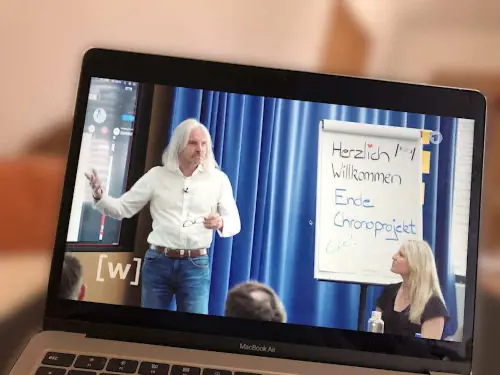Chronoworking – Ich arbeite jetzt über 20 Jahre an diesem Thema, habe Bücher dazu geschrieben,…
Chronoworking – I’ve been working on this topic for over 20 years now, have written books on it, implemented pilot projects… and now it’s actually being declared a trend – working hours according to chronotypes.
Business Insider and the American press are now elevating chronoworking to business level.
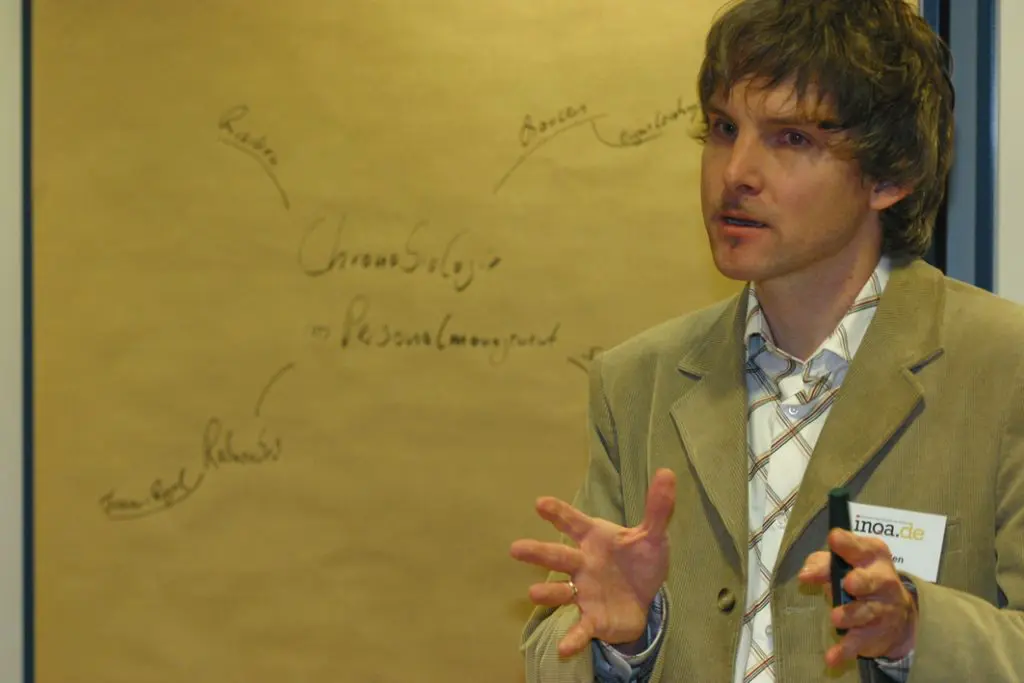
Chronoworking describes work that takes into account the individual’s internal clock, i.e. what we have already implemented in initial pilot projects in a clinic and a company under COPEP (chronotype-optimized personnel resource planning).
The Business Insider has now also described this topic and it can be assumed that more and more attention will be paid to it in the future. But what exactly is chronoworking?
Chronobiology
The science of chronobiology provides the background for this trend. It describes the temporal, or rather rhythmic, organization of living beings. At the heart of this science is the so-called circadian rhythm, i.e. the day/night rhythm, and, inextricably linked to this, the sleep/wake rhythm of living beings, especially humans. Although there are thousands of so-called internal clocks, the focus is on THE internal clock, the so-called master clock, or more precisely: the suprachiasmatic nucleus (SCN).
This is hidden below the optic nerve junction and is not a clock, but rather a central pulse generator for the sleep-wake rhythm and subsequently for all other internal clocks in the body.
The structure of this SCN determines how we tick, because everyone ticks differently. A distinction is made between so-called chronotypes.
Chronotypes
The term “chronotype” describes the timing of the sleep/wake rhythm during the course of the day. Scientists differentiate between 7 chronotypes.
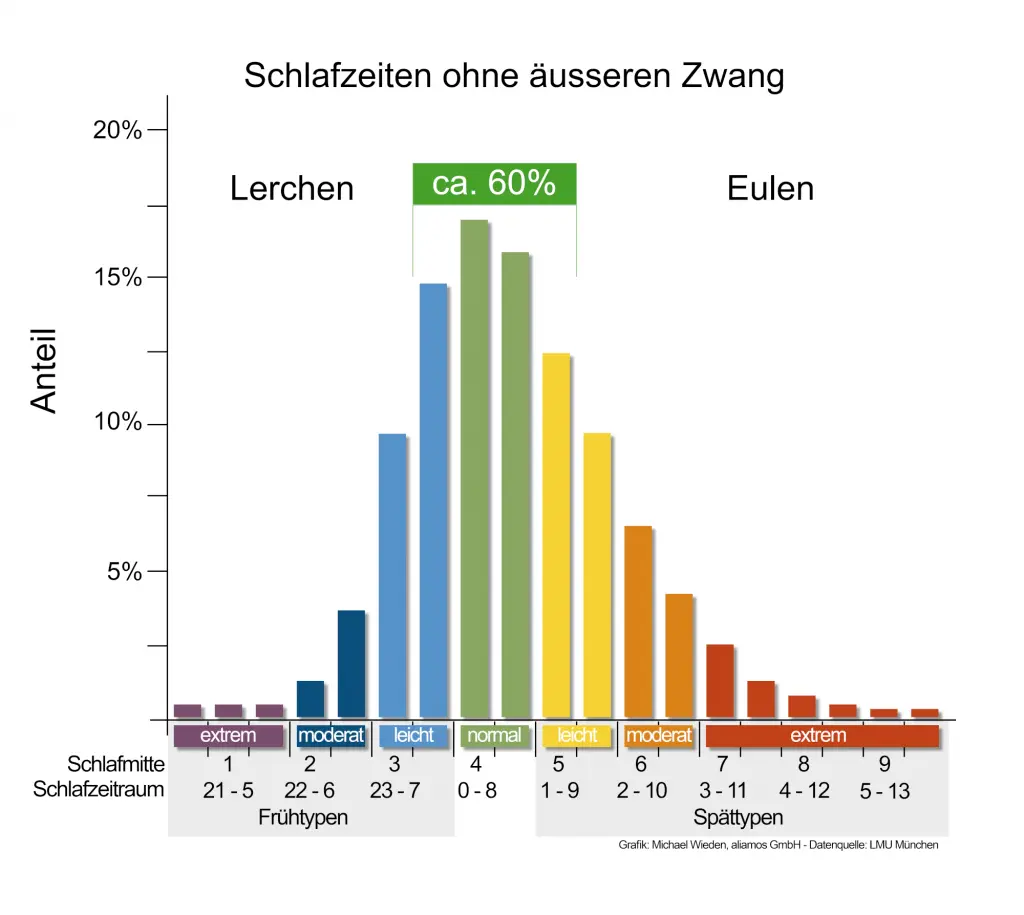
- 1. Extreme early type
- 2. Moderat early type
- 3. Light early type
- 4. Normaltype
- 5. Light late type
- 6. Moderat late type
- 7. Extreme late type
1-3 are also referred to as “lark”, 4 as “dove” and 5-7 as “owl”. Although there are other chronotypes (bear, lion, dolphin, wolf) created by the American sleep expert Dr. Michael Breus, these are not actually chronotypes, but are simply described as such by him. Find out more here.
The important point here is that chronotypes are essentially genetically based. An early type cannot simply mutate into a late type (or vice versa) without a change in specific behaviors and location.
The chronotype and society
Over 70% of Germans wake up without an alarm clock, which means they live against their internal clock. This is mainly due to school and work schedules. They support exclusively to the early types (approx. 20% of society). This has an extreme impact on people’s health, but also on the economy.
The resulting sleep deficit, for example, costs the German economy over €60 billion per year, which is more than the German government’s defense budget. (03.2024)
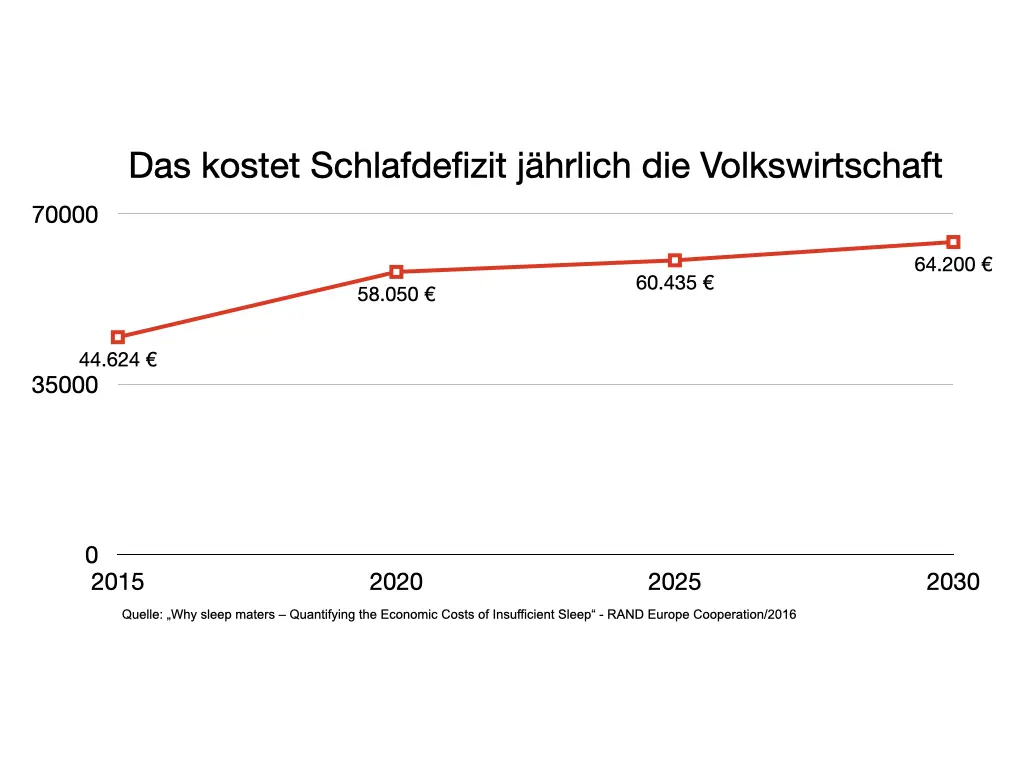
In addition, there is a stigmatization of late-comers, who are often seen as bums, lazy and unmotivated. The genes simply do not allow any other behavior. It is therefore not possible for most late sleepers to simply fall asleep earlier. At the heart of this is melatonin, our body’s sleep hormone.
DLMO - THE sleep/wake marker
When our melatonin secretion permanently exceeds a certain concentration in the blood during the day is essentially genetically determined. This time is called DLMO (Dim Light Melatonin Onset). In our projects, the difference between the earliest DLMO and the latest was 13.5 hours. This means that the two extremes could share a bed without ever meeting.
This point in time can only be influenced by artificial means. On the one hand, of course, through the supplementation of melatonin. But light in particular has a major influence on this, because bright light or the blue light component in sunlight prevents the release of melatonin. This is also the reason why you should avoid bright light or blue light in the evening.
So while it is possible to delay the release of melatonin, it is not possible to do so earlier, except through external supplementation. And this is precisely the problem that late types have.
Chronoworking - the solution?
No matter what we call it: Chronoworking, COPEP®, Liquid Work, working according to your internal clock … taking your own chronotype into account when it comes to working and school hours holds enormous potential for people, but also for companies, education, healthcare and ultimately for society.

Chronoworking in the world of work
In essence, this is about taking the best possible account of employees’ chronotypes when planning staff deployment and shifts. To get straight to the point … it’s not about what can’t be done, but about what can be done. So … optimize instead of perfect.
In our projects, we have analyzed the chronotype of 180 employees and subsequently optimized working times in various ways:
- Self-organization:
As part of the “Get up without an alarm clock” project at Fa. SPÄH we gave 12 employees of SPÄH the task of sleeping in as much as possible, i.e. getting up without an alarm clock after chronotyping by RNA-Chronotyp-Test. We have not prescribed any organization, but left this to the employees and the respective teams themselves. The initial skepticism gave way in the course of the project. The official order to sleep in meant that the participants dared to do something they wouldn’t have done otherwise … take their time.
The internal organization has worked. The results were impressive. However, one finding in particular was extremely helpful for the company: not much had to be changed, as flexible working hours had already been in place for some time. However, these were now perceived much more intensively, as late-night types had previously arrived at 7.00 a.m. despite the possible flexibility, because they didn’t want to be considered “sleepy”. It is not uncommon for this dogma in companies to lead to many people orienting themselves towards a few in order not to stand out. This project has now burst this knot.
More about this project and the results here.
COPEP:
However, such “self-organization” is not possible everywhere, especially not (yet) within shift work. COPEP is primarily about determining optimal working times based on biological, genetically determined sleep times. These times represent the starting point for chronoworking, so to speak. On this basis, it is then determined how these can best be realized within the working time and shift planning.
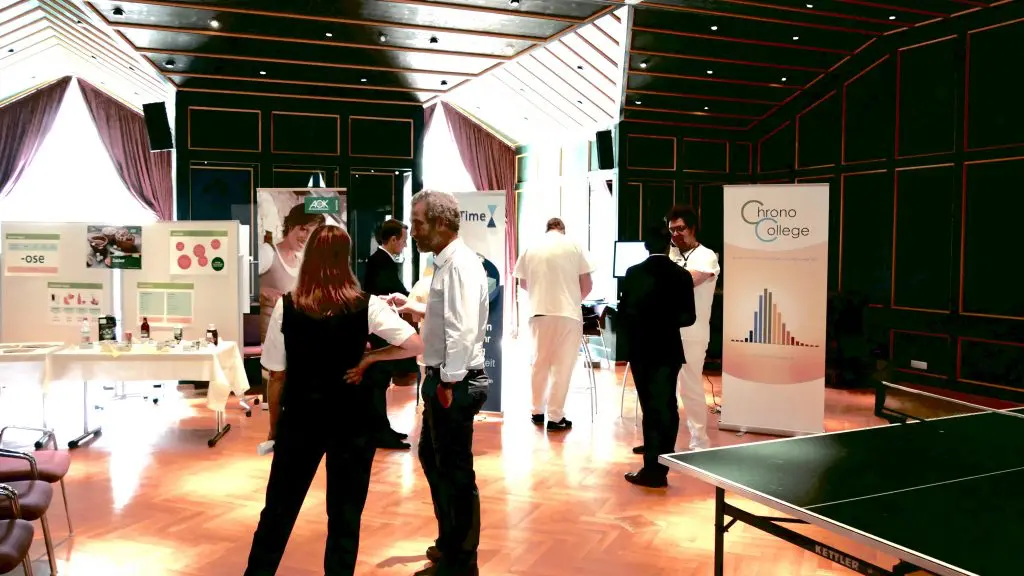
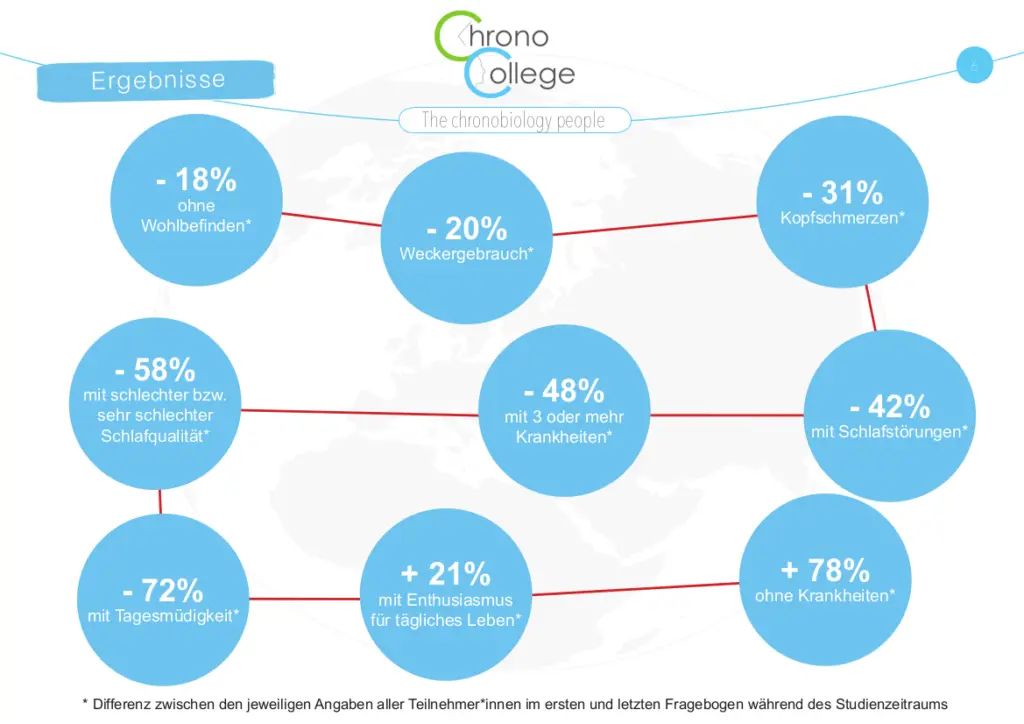
Of course, operational circumstances have to be taken into account here, but this also provides an opportunity to question whether an adaptation using COPEP would not even be much more effective. But meetings can also be made more effective by making use of the times when most or even all of us don’t have a break.
In our projects at the Wartenberg Clinic, daytime tiredness has been drastically reduced following the introduction of chronobiological measures (see results reports here), which in turn means that employees are mentally fitter.
Reduced absenteeism, increased attention, increased motivation and much more through the use of COPEP offers employers enormous potential, which pays for itself in a very short time.
More about these projects and the results incl. whitepaper here:
Chronoshooling - Chronoworking in schools
The second huge potential lies in optimizing school start and exam times. Strictly speaking, there is currently enormous discrimination against normal and especially late types. The fact that young people tick later than adults per se gives the few early types a genetic advantage that can have an impact on their entire (professional) life. A missed exam due to fatigue has an impact on the rest of that person’s life. As exams mainly start in the morning, this means Advantage for early birds, disadvantage for the rest.
The economic potential wasted by this discrimination is huge, regardless of the suffering it causes, because studies have shown that later school start times, for example, would actually lead to better grades. This was also the result of a scientifically supervised project at a grammar school as part of my “ChronoCity” project (2012 – 2016), in the course of which over 600 pupils were chronotyped using a scientific questionnaire.

ChronoClinic - Chronobiology in healthcare industry
It is not specifically about chronoworking, but nevertheless about the corresponding effects in the healthcare sector. Chronomedicine has long been a topic in science, especially since cancer specialist Francis Levi was able to demonstrate the effects of taking chronobiological parameters into account in cancer therapy at the turn of the millennium.
Whether therapies, operation times, medication administration (chronopharmacology) … the field is vast. Even when staffing patient rooms, it makes sense to assign the same chronotypes to the rooms. This can help to achieve faster healing success by optimizing ward rounds and meal times accordingly. So owl and lark rooms instead of mixed rooms.
Because let’s be honest: is it conducive to recovery if the senior physician rouses patients from their sleep at 7 a.m. only to leave the room again two minutes later with the words “Now you can go back to sleep”?
The healing effect of sleep has so far hardly found its way into the “therapy toolkit” of clinics. Paradoxical … especially as it doesn’t cost any money.
Fundamental question
The question is whether an economy can afford not to exploit such potential by stubbornly maintaining the status quo. This applies both to the world of work and to education. Up to now, employers have been able to excuse themselves for lack of knowledge. But now our pilot projects and their results are here. The positive effects have been proven and the ways are described.
Chronoworking could perhaps be THE impetus that sets the wheels in motion that I described 20 years ago.
Back then, I was often ridiculed as an “esoteric” when I spoke to the first HR managers. Company health management did not yet exist, and a surplus of skilled workers meant that employers did not recognize the need to take care of their staff’s health. But times have changed, and companies like Klinik Wartenberg have seized the opportunity to position such topics as a unique selling point in the battle for skilled workers. This even goes so far as to enshrine the right to take the chronotype into account when planning personnel deployment in the works agreements.
First movers like the Wartenberg Clinic show that it is possible. Chronoworking will be the future. The seed has been planted and the harvest will come. Only time will tell who will reap the rewards.
ChronoCoach - training to become an expert in chronoworking
Last year, we developed a training course that describes precisely these topics and incorporates our experience from the pilot projects.
With the emtrasens® Family Sleep Coach & Chronocoach®, the ChronoCoach® and the ChronoCoach® Business, proven experts will be able to transfer chronoworking to society and the world of work for the first time in the future. This trainings will be available in Englisch soon. Write me a mail, if I should inform you.
More about the training courses here. (German)

Zum Thema passende Beiträge
- Chronoworking – Chronobiologie im Personalmanagement
- ChronoCoach - The first chronobiology training course
ChronoCoach® - The first training course in chronobiology ChronoCoach® - The knowledge of chronobiology is…
- Das Buch: Liquid Work – Arbeiten 3.0
Nachhaltigkeit ist leider inzwischen ein inflationär gebrauchtes Wort geworden, welches gerne Begrifflichkeiten wie Marketing, Wirtschaften,…

